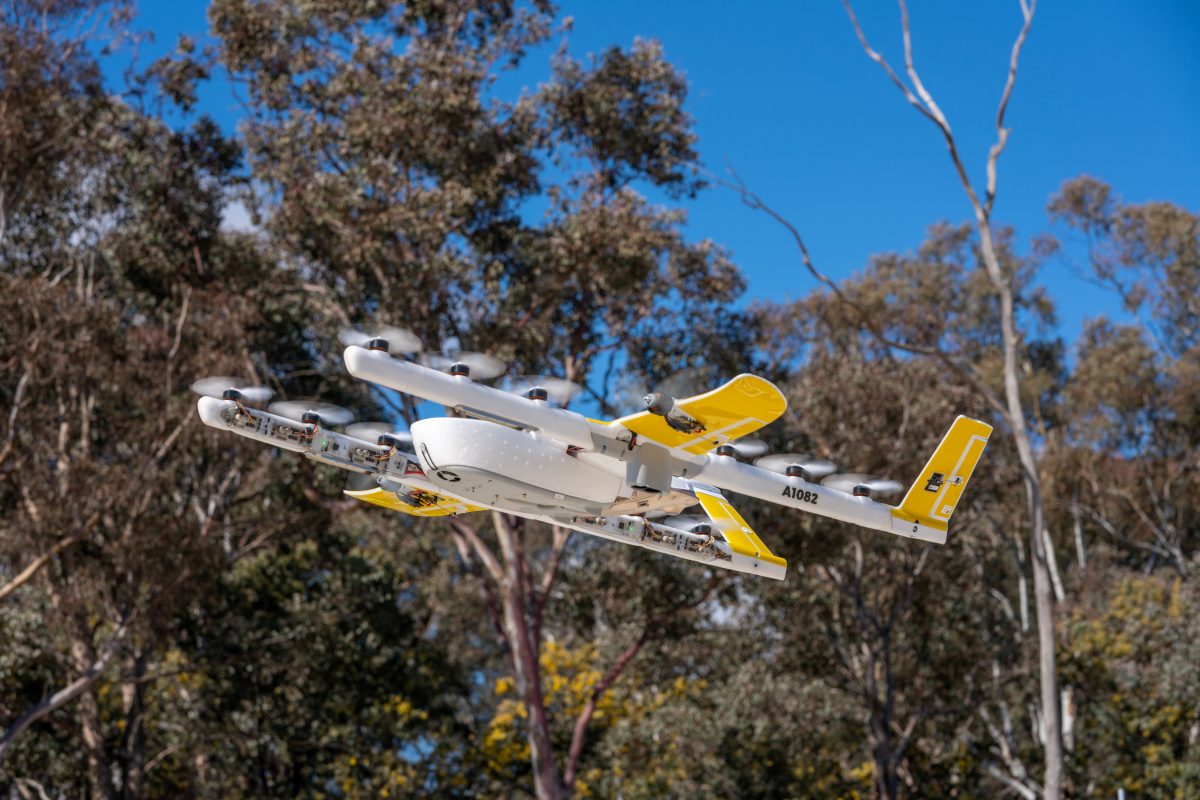
A Wing Australia delivery drone. Photo: Wing Australia.
If you’re a rural operator of remotely piloted aircraft (RPA) with beyond visual line-of-sight (BVLOS) capabilities, the Civil Aviation Safety Authority (CASA) wants to hear from you.
CASA is conducting a survey as it looks to build a database of how BVLOS drone operators, particularly those in rural and regional areas, use their drones and the benefits they derive from the technology. It says that determining how these drones are currently or planned to be operated will assist the agency to design and implement appropriate rules and regulations.
As drones become larger and more capable, it is increasingly important for CASA – as the regulator – to implement appropriate rules and regulations for their safe operation, particularly if near regulated airspace or over populated areas. This is especially important for BVLOS drones, which – as the acronym suggests – are often operated out of direct sight of the operator.
RPA are enabling an array of exciting advances across global industries, and CASA says its BVLOS drone operations survey will help design rules that can keep pace with this fast-moving technology. It says many BVLOS drones are used for applications such as 3D mapping and aerial imagery, and increasingly for operations such as crop monitoring and spraying.
“We encourage everyone to participate, but we especially want to hear from the rural and regional sectors that use drones in agricultural work such as spray management, mustering, farm and land management, or any activity to deliver agricultural outcomes,” CASA’s RPAS policy and regulations manager Jaclyn Smith said in a statement.
Apart from agricultural operations, applications for drones in rural and regional areas include construction, survey and mapping, mining and resources, infrastructure inspections, and government services such as police, customs, surf lifesaving and shark patrols, bushfire monitoring, and disaster-response missions.
CASA says a major focus will be identifying areas where regulatory improvements may be applied for lower-risk, low-altitude drone operations.
A Department of Infrastructure, Transport, Regional Development and Communications report, Economic Benefit Analysis of Drones in Australia, estimates 10 per cent of Australia’s agricultural businesses use drones. It says that, as cost savings and improvements in productive processes are realised, this percentage is expected to rise sharply by 2040.
Drone operators wishing to participate in the survey can do so by visiting this link by 17 November.












